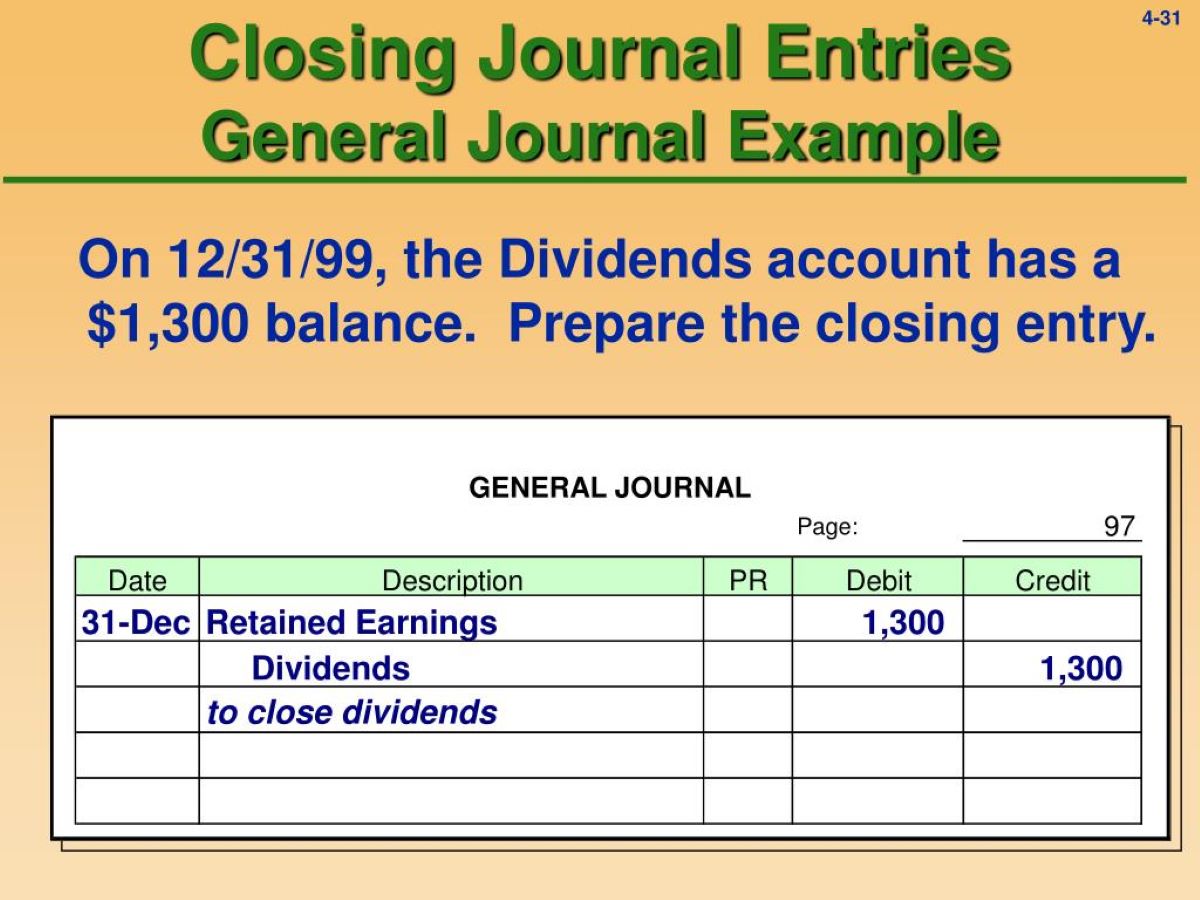Home>Finance>Quarter-To-Date (QTD): Definition, Uses, Analysis, Example


Finance
Quarter-To-Date (QTD): Definition, Uses, Analysis, Example
Published: January 15, 2024
Learn and understand the definition, uses, analysis, and example of Quarter-To-Date (QTD) in finance. Gain valuable insights into financial trends and performance.
(Many of the links in this article redirect to a specific reviewed product. Your purchase of these products through affiliate links helps to generate commission for LiveWell, at no extra cost. Learn more)
Understanding Quarter-To-Date (QTD): Definition, Uses, Analysis, Example
When it comes to managing your finances, it’s essential to have a clear understanding of key financial terms and metrics. One such metric is Quarter-To-Date (QTD), which provides valuable insights into your financial performance over a specific quarter. In this article, we will explore the definition of QTD, its uses, how to analyze it, and provide an example to help you grasp its significance.
Key Takeaways:
- Quarter-To-Date (QTD) refers to the period of time from the beginning of the current quarter up until the present day.
- It is commonly used to evaluate financial performance, track progress, and make informed decisions within a specific quarter.
Definition of Quarter-To-Date (QTD)
Quarter-To-Date (QTD) is a financial metric that measures performance or tracks progress over the period of time from the beginning of the current quarter up until the present day. It provides a snapshot of your financials for a specific quarter, offering insight into how your business or personal finances are performing within that timeframe. QTD is often used by businesses for internal reporting, forecasting, and decision-making purposes.
Uses of Quarter-To-Date (QTD)
QTD is a versatile metric with several important uses:
1. Financial Performance Evaluation: QTD allows you to assess your financial performance and compare it to previous quarters. By examining key financial indicators such as revenue, expenses, and profits on a quarterly basis, you can identify trends, spot potential issues, and make data-driven decisions to optimize your financial outcomes.
2. Goal Tracking: QTD enables you to monitor progress towards your financial goals throughout the quarter. By comparing QTD results to your predetermined targets, you can evaluate your performance, adjust strategies if necessary, and stay on track toward achieving your objectives.
3. Forecasting: QTD data serves as a reliable basis for forecasting future financial performance. By analyzing QTD trends, you can make educated predictions about future revenue, expenses, and profits, helping you plan and budget effectively.
4. Decision-making: QTD provides valuable insights that support informed decision-making. Whether you’re considering investments, cost-cutting measures, or expansion plans, QTD data gives you a realistic view of your financial position within the current quarter, empowering you to make prudent choices.
How to Analyze Quarter-To-Date (QTD)
Analyzing QTD involves reviewing key financial indicators and comparing them to previous quarters or predetermined targets. Here are some steps to guide you through the process:
- Gather QTD Data: Collect relevant financial data from the beginning of the quarter up until the current date.
- Identify Key Indicators: Determine the key financial metrics you want to analyze, such as revenue, expenses, gross margin, net profit, or return on investment.
- Compare to Previous Quarters: Compare the QTD data to the same period in previous quarters to identify trends or changes in performance.
- Evaluate Against Targets: Evaluate your QTD performance against predetermined targets or goals to assess if you’re on track or need to make adjustments.
- Consider External Factors: Take into account any external factors that may have influenced your QTD results, such as market conditions, industry trends, or seasonal fluctuations.
- Make Informed Decisions: Based on your analysis, make data-driven decisions to optimize your financial outcomes, adjust strategies, or plan for the future.
Example of Quarter-To-Date (QTD) Analysis
Let’s consider an example of a retail business analyzing QTD data for the second quarter of the year. The company’s key financial indicators are revenue, gross margin, and net profit. Here’s a simplified representation of their QTD analysis:
- Quarter: Q2 2021
- QTD Revenue: $500,000
- QTD Gross Margin: $150,000
- QTD Net Profit: $50,000
- Comparison to Q1 2021: QTD Revenue increased by 10%, QTD Gross Margin increased by 5%, QTD Net Profit increased by 8%.
- Comparison to Q2 2020: QTD Revenue increased by 15%, QTD Gross Margin decreased by 2%, QTD Net Profit increased by 12%.
- Evaluation against Target: QTD Revenue achieved 90% of the target, QTD Gross Margin exceeded the target by 3%, QTD Net Profit fell short of the target by 5%.
Based on this analysis, the retail business can identify that their QTD revenue is growing and exceeding targets. However, the decrease in gross margin compared to the previous year requires further investigation. The QTD net profit also fell short of the target, indicating a need for actions to improve profitability.
Conclusion
Quarter-To-Date (QTD) is a valuable financial metric that provides insights into your financial performance during a specific quarter. It serves various purposes, including financial evaluation, goal tracking, forecasting, and decision-making. Analyzing QTD data allows you to evaluate your progress, compare performance to previous quarters, and make informed decisions to optimize your financial outcomes. By utilizing QTD effectively, you can gain a clearer understanding of your financial position and make strategic choices for long-term success.














